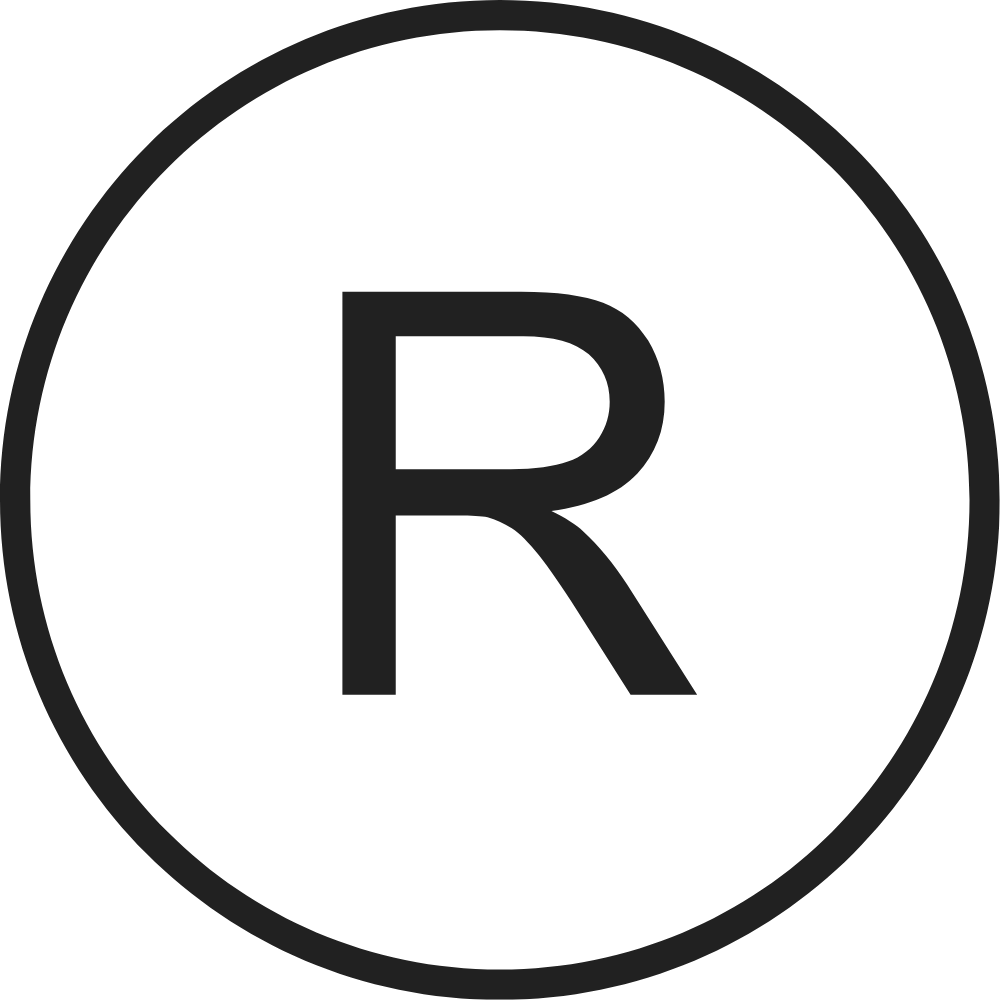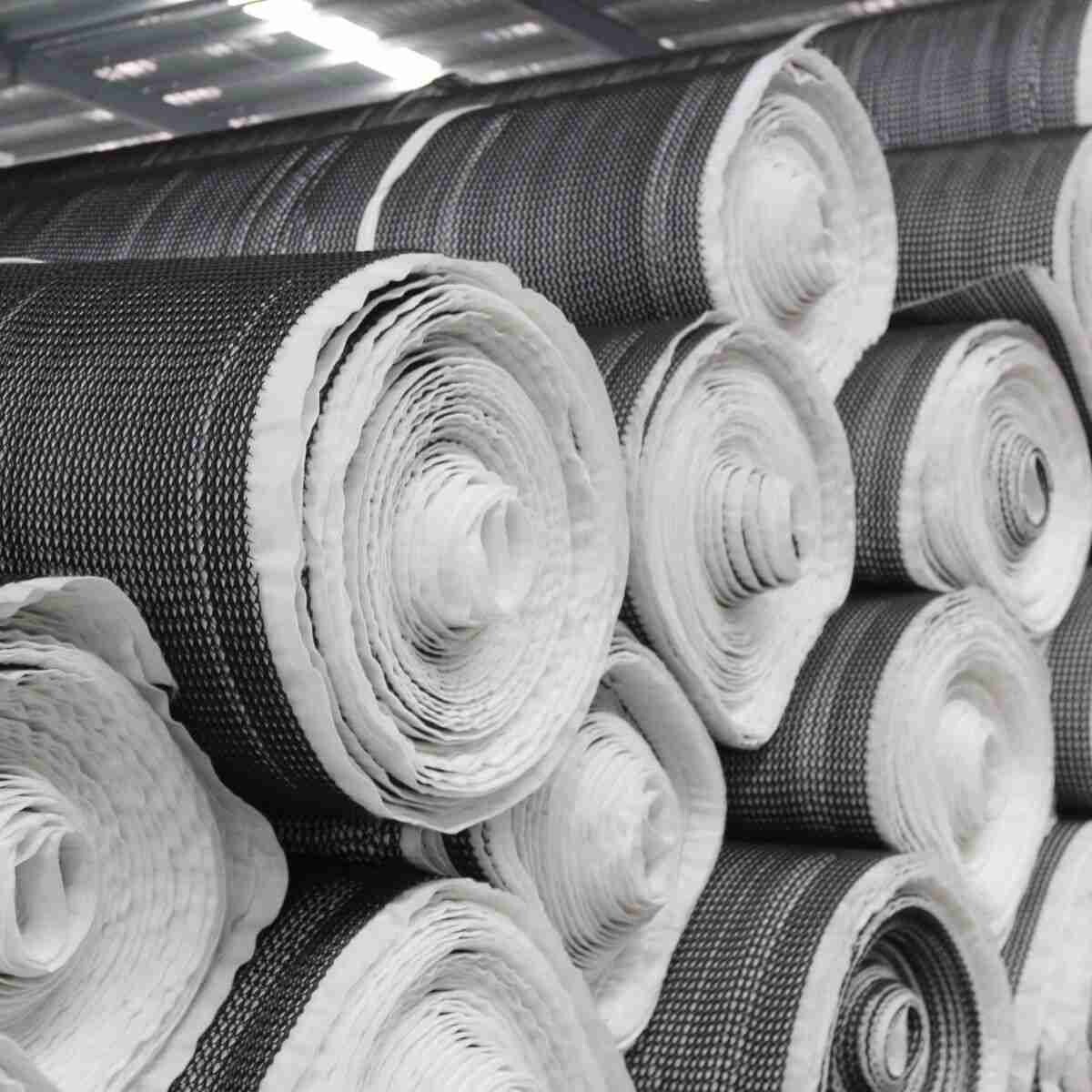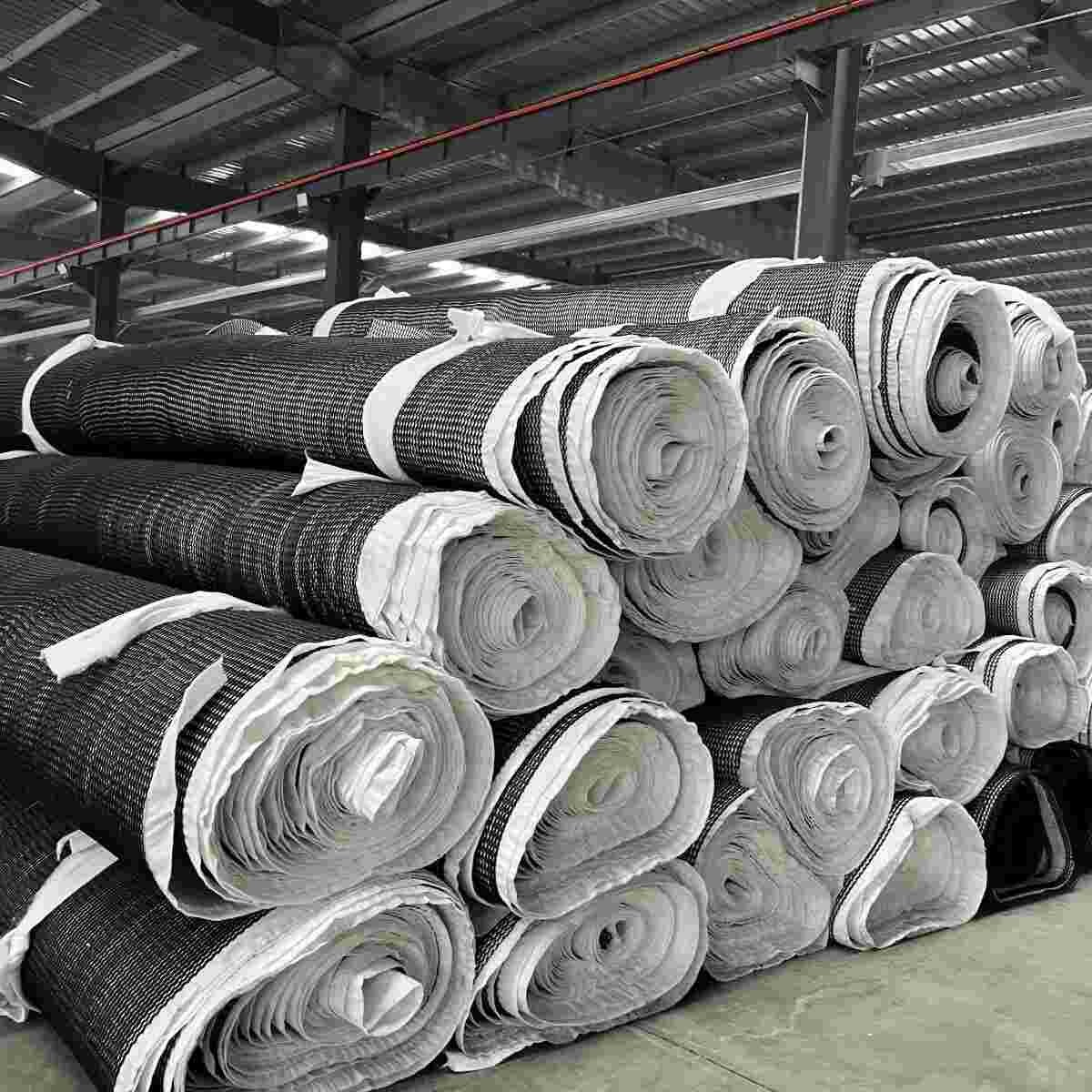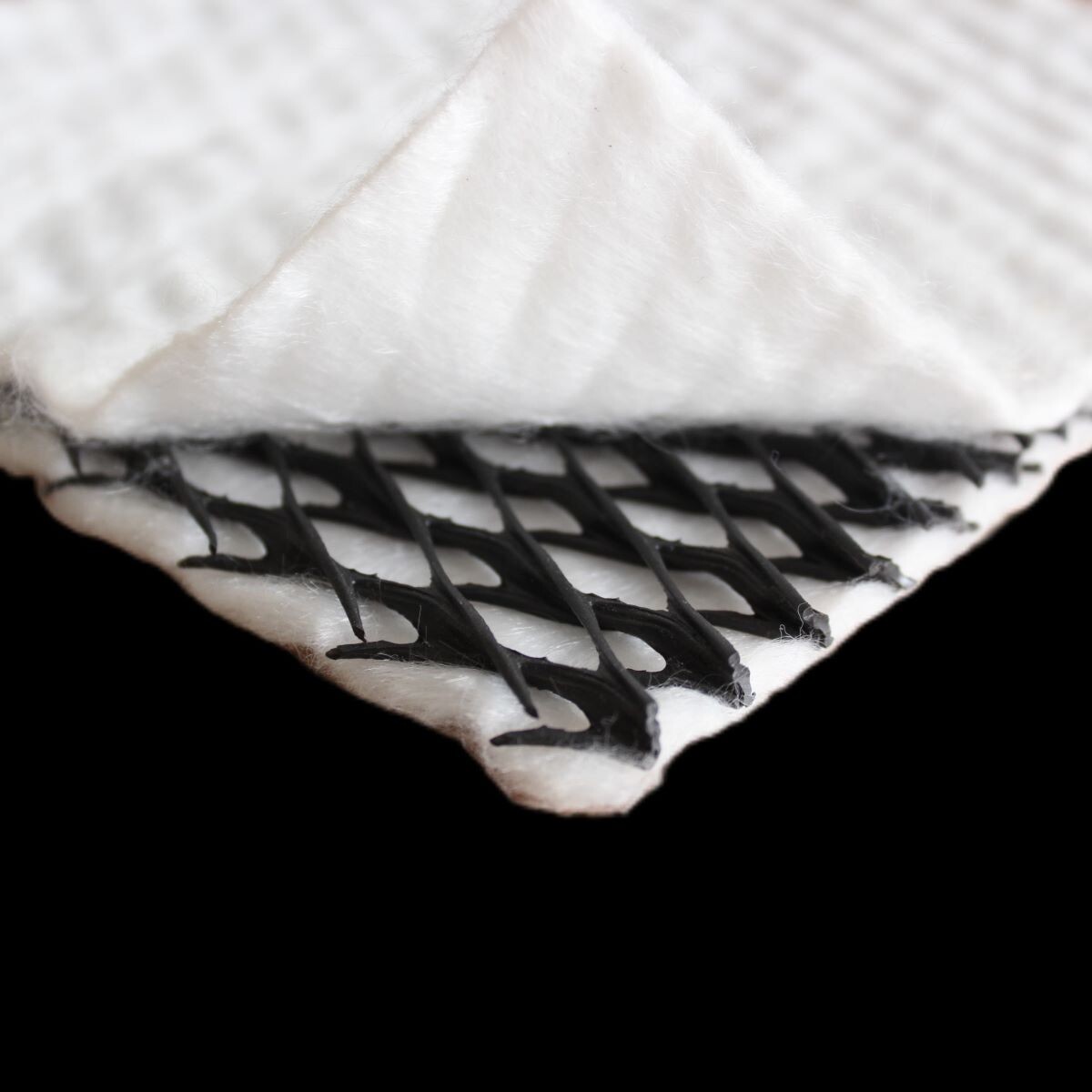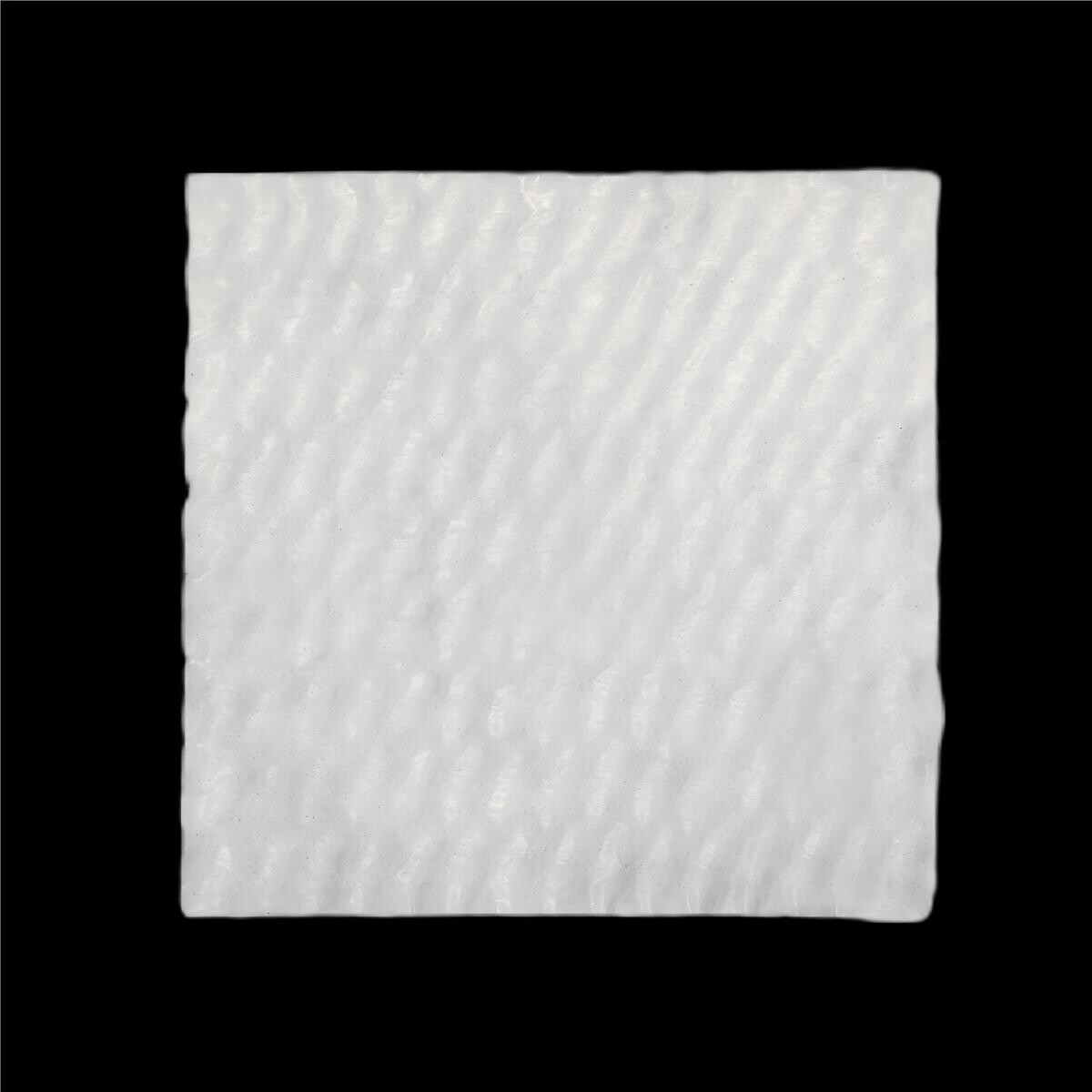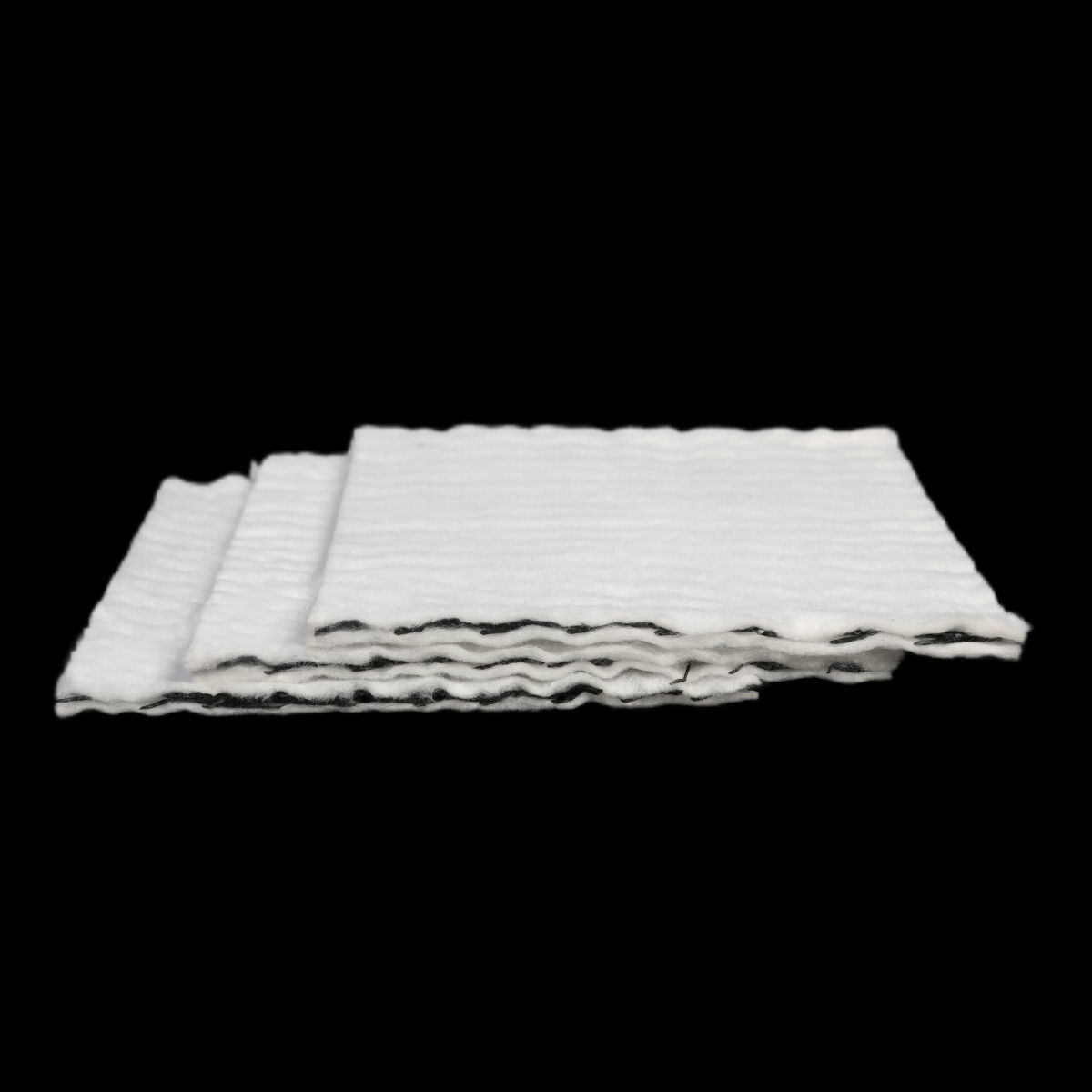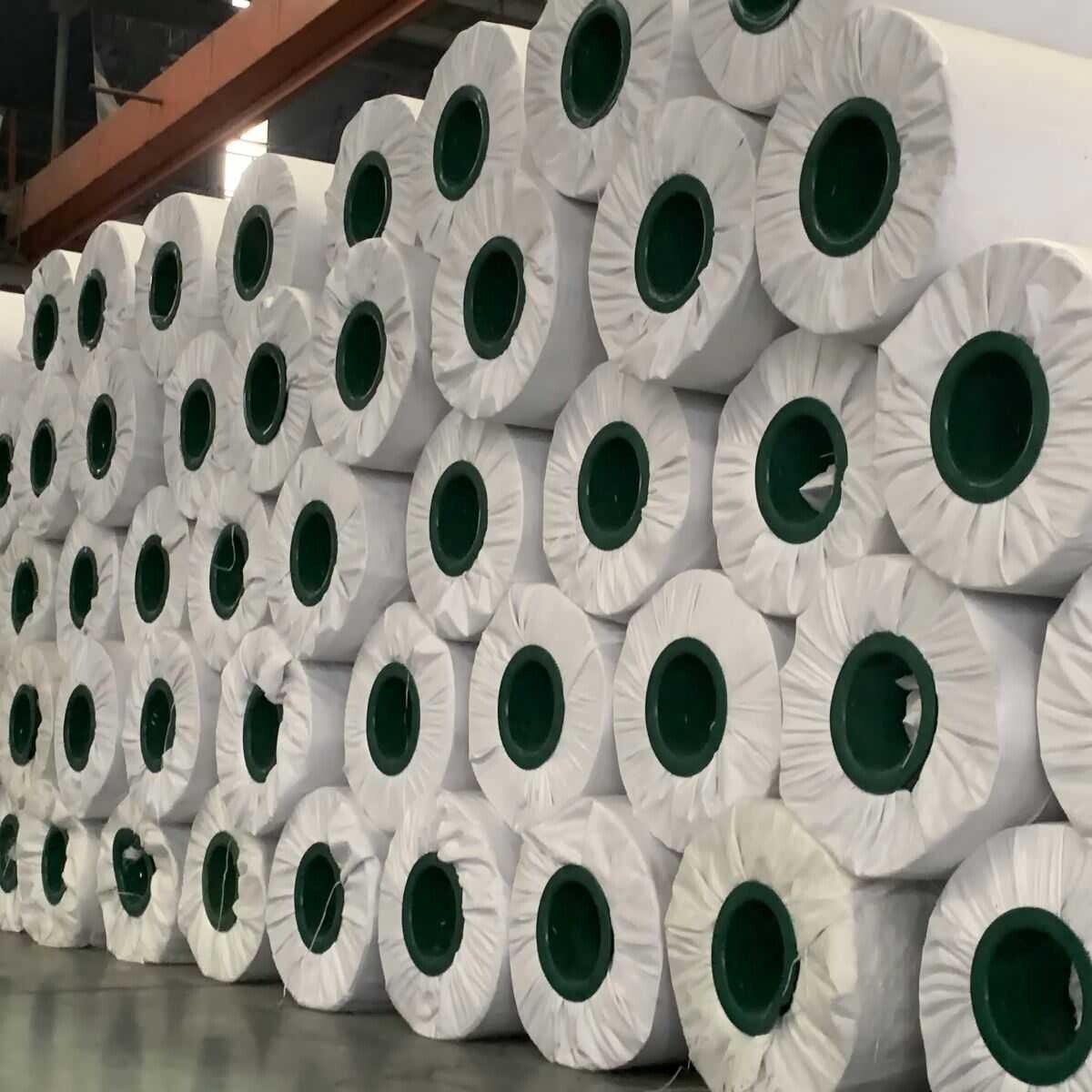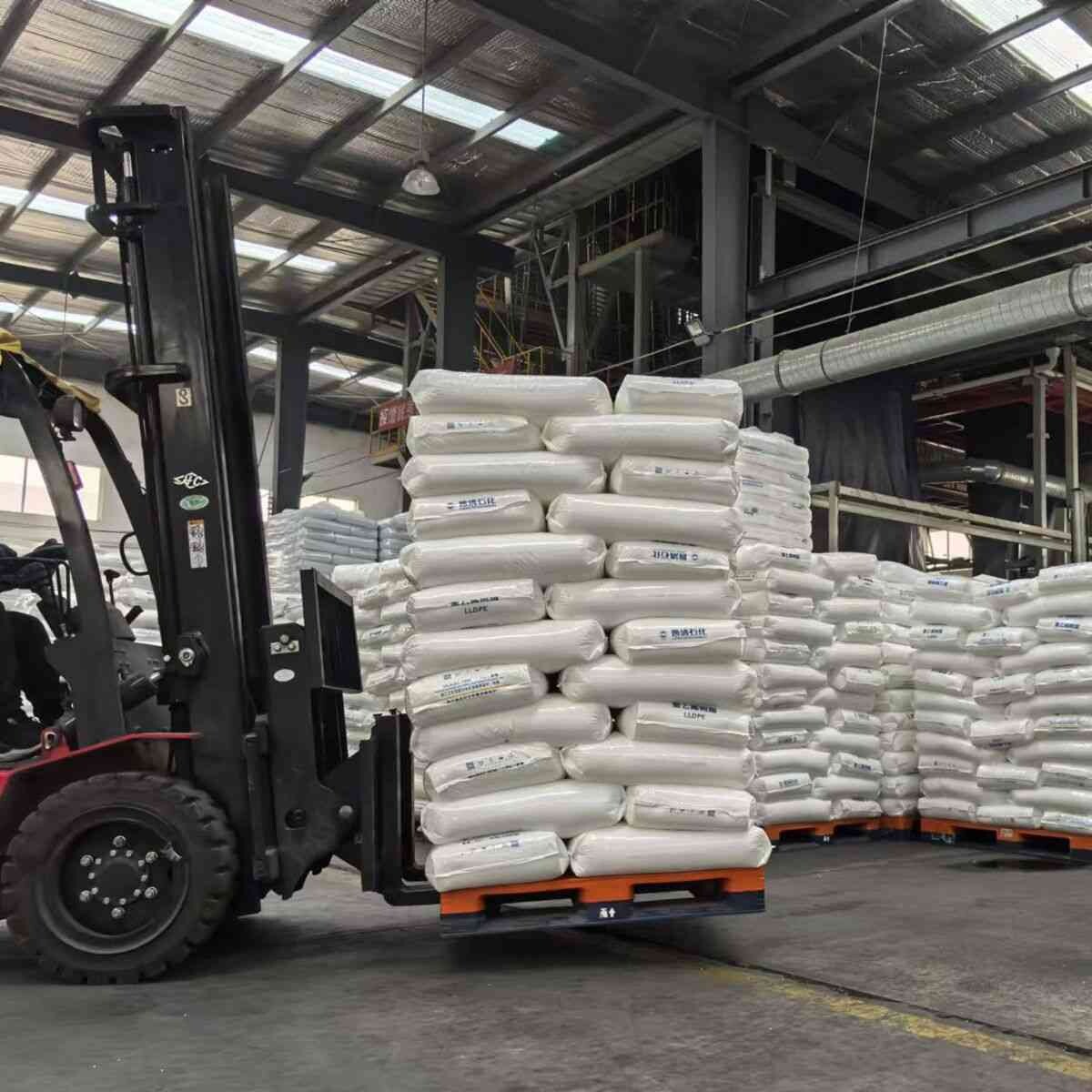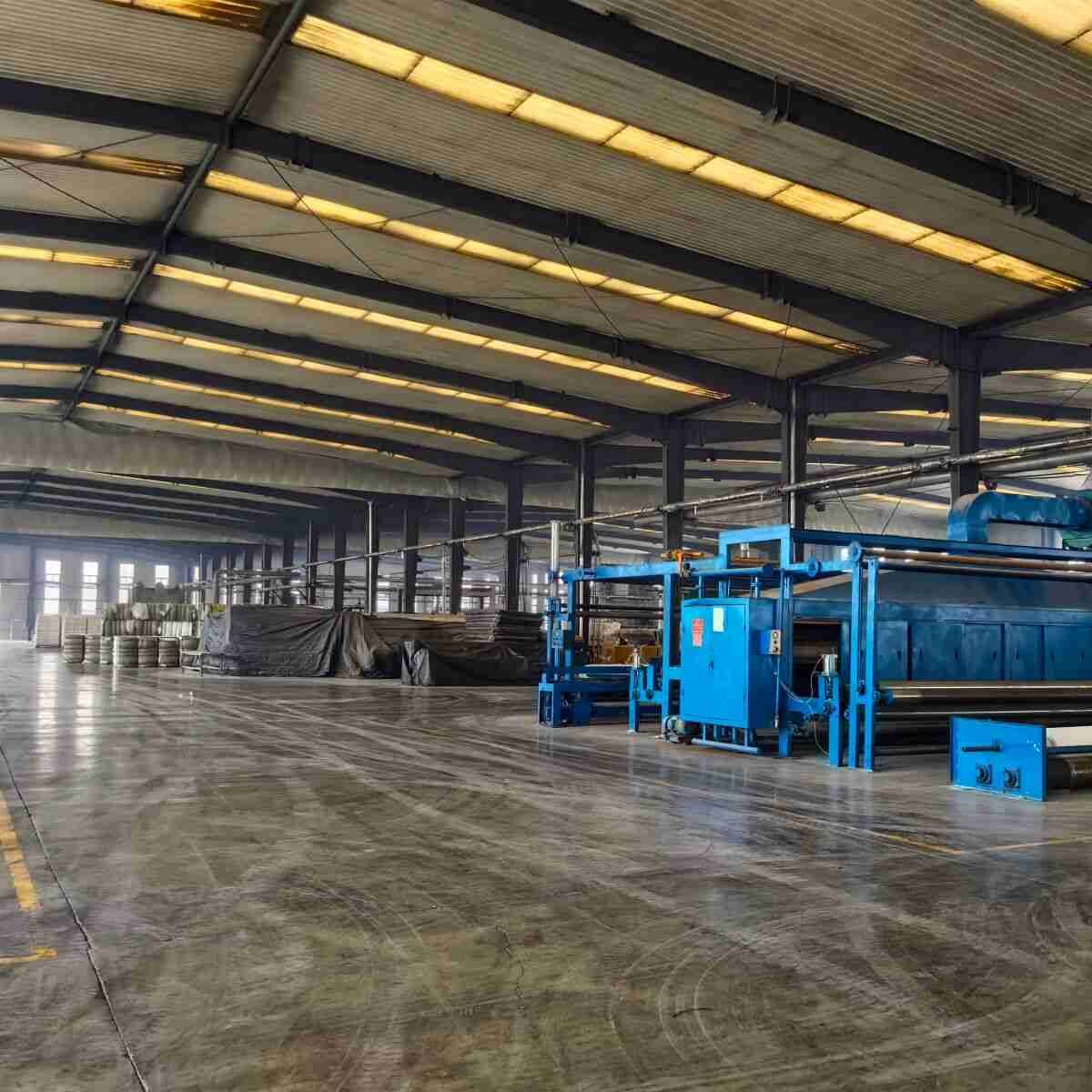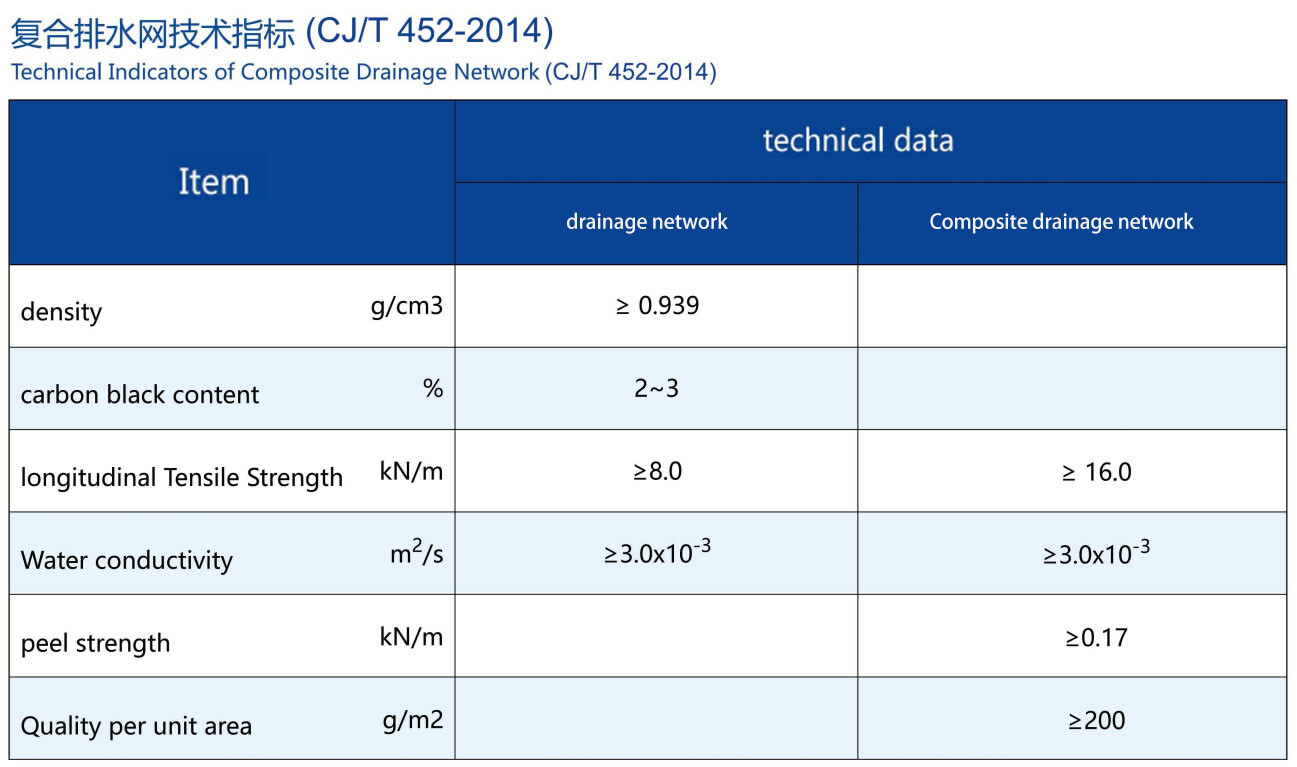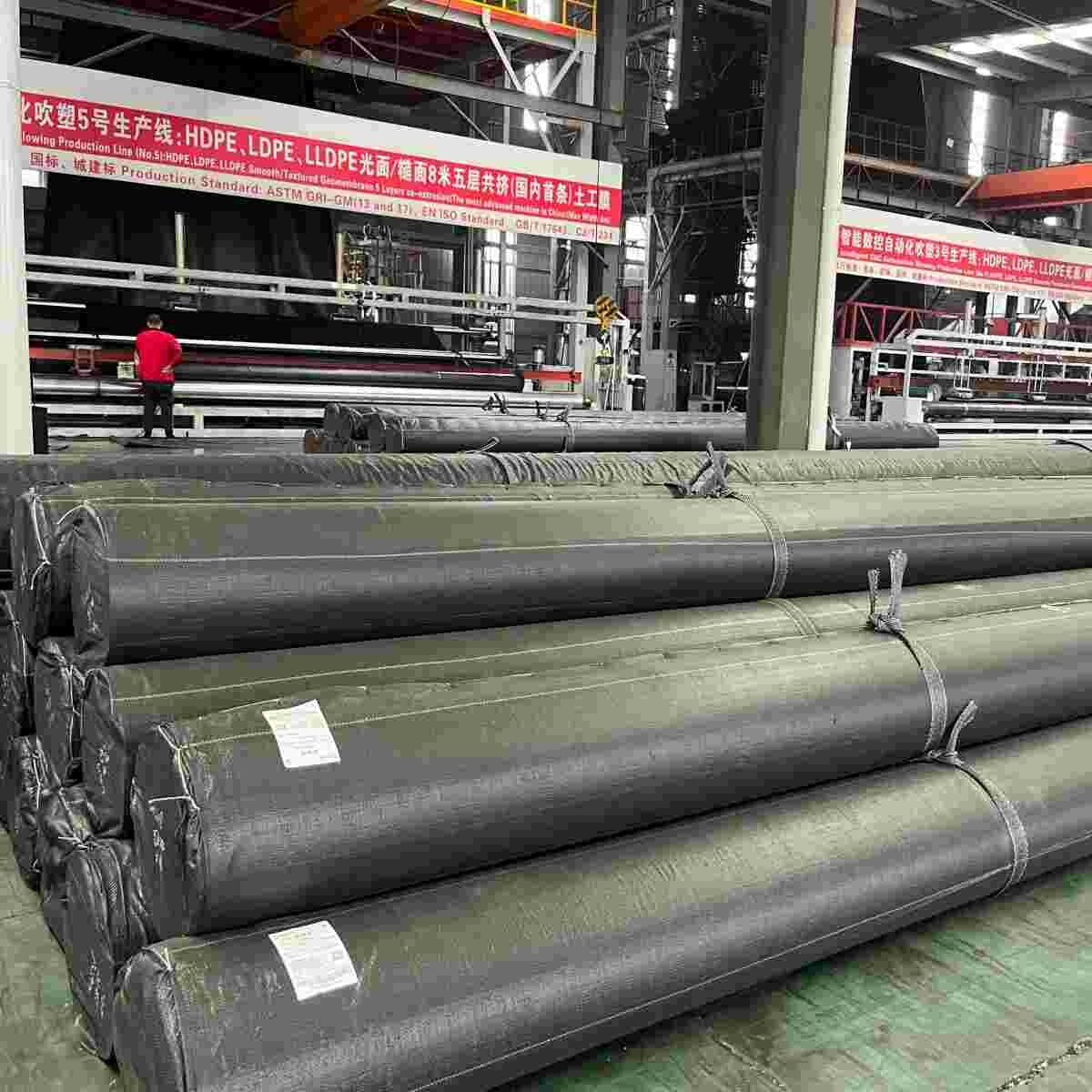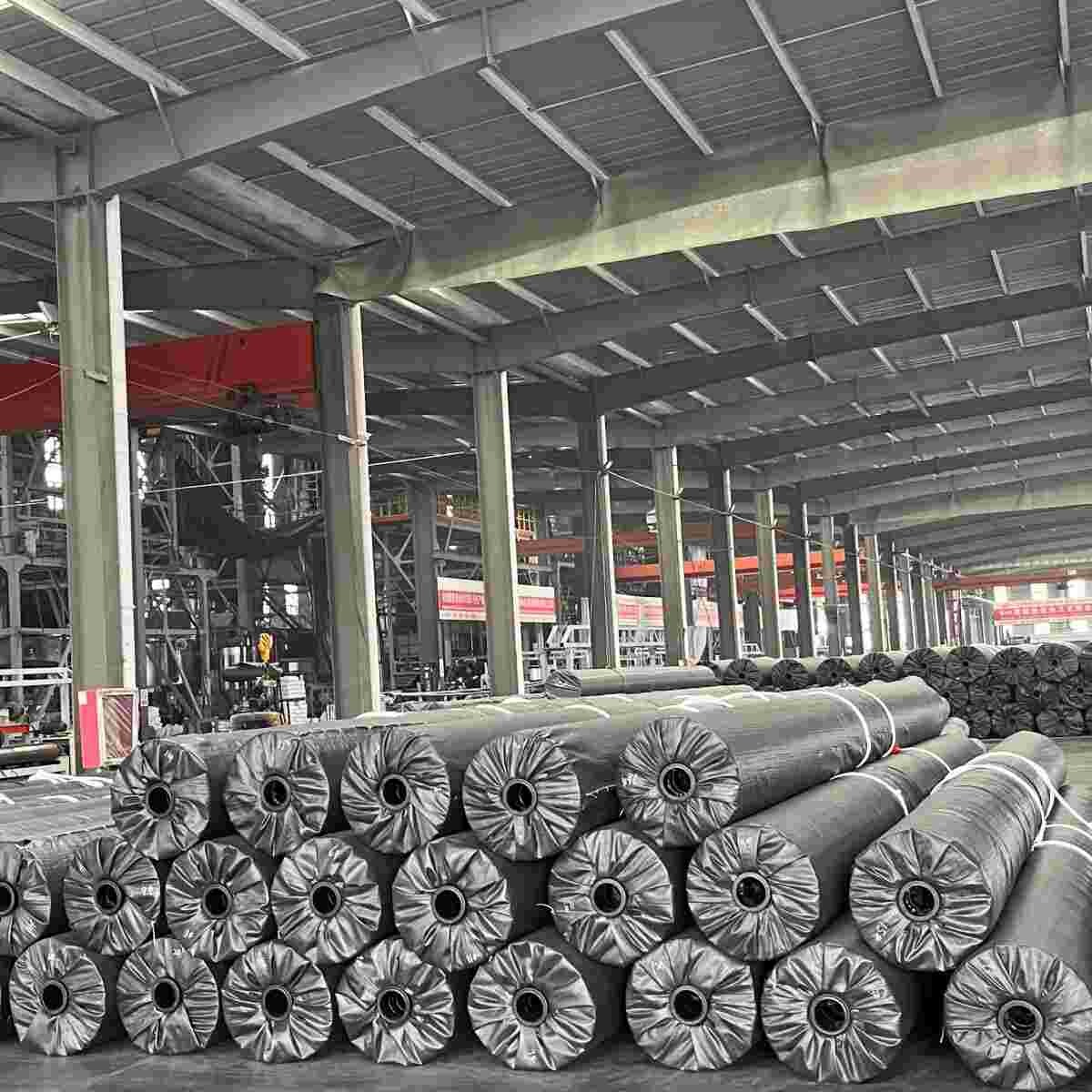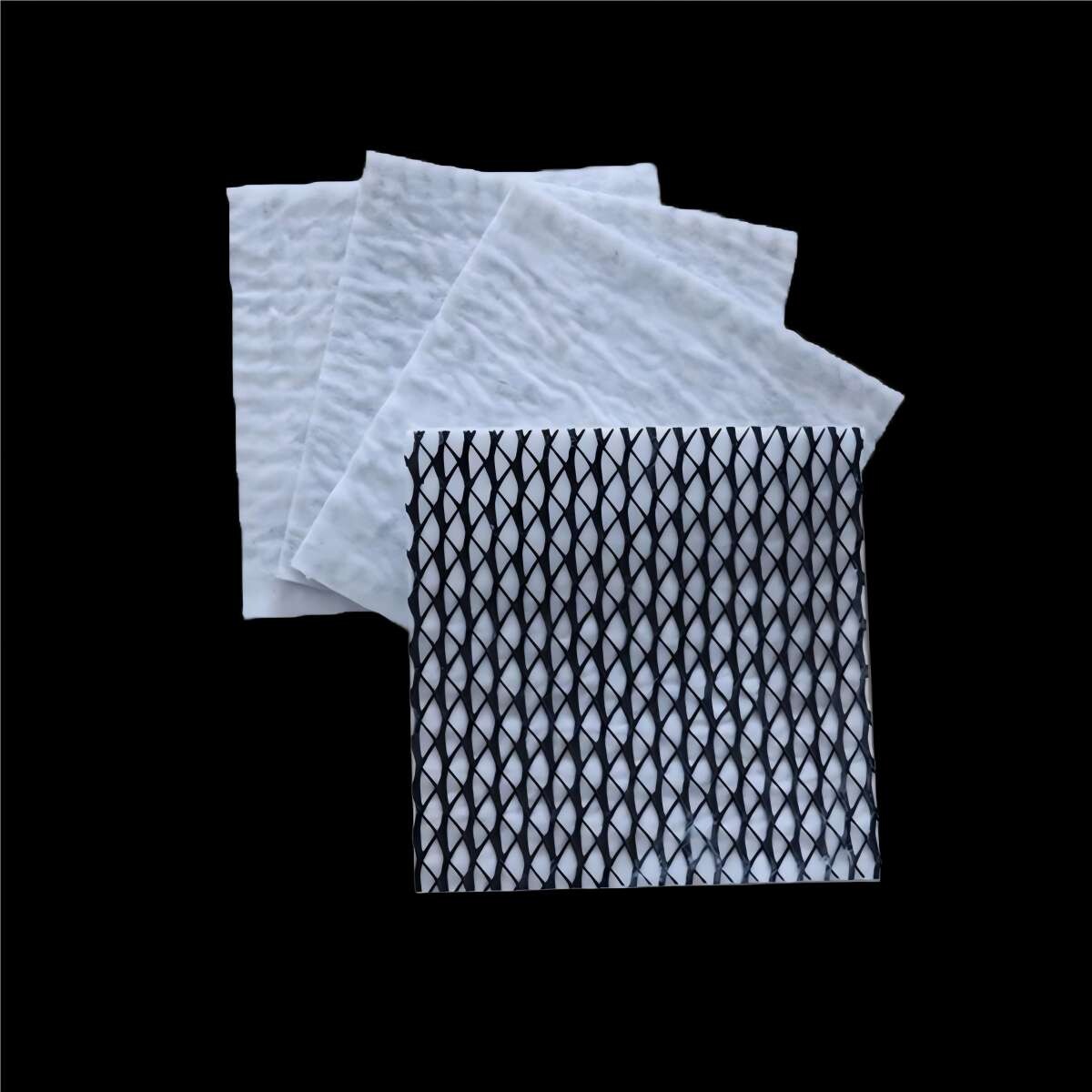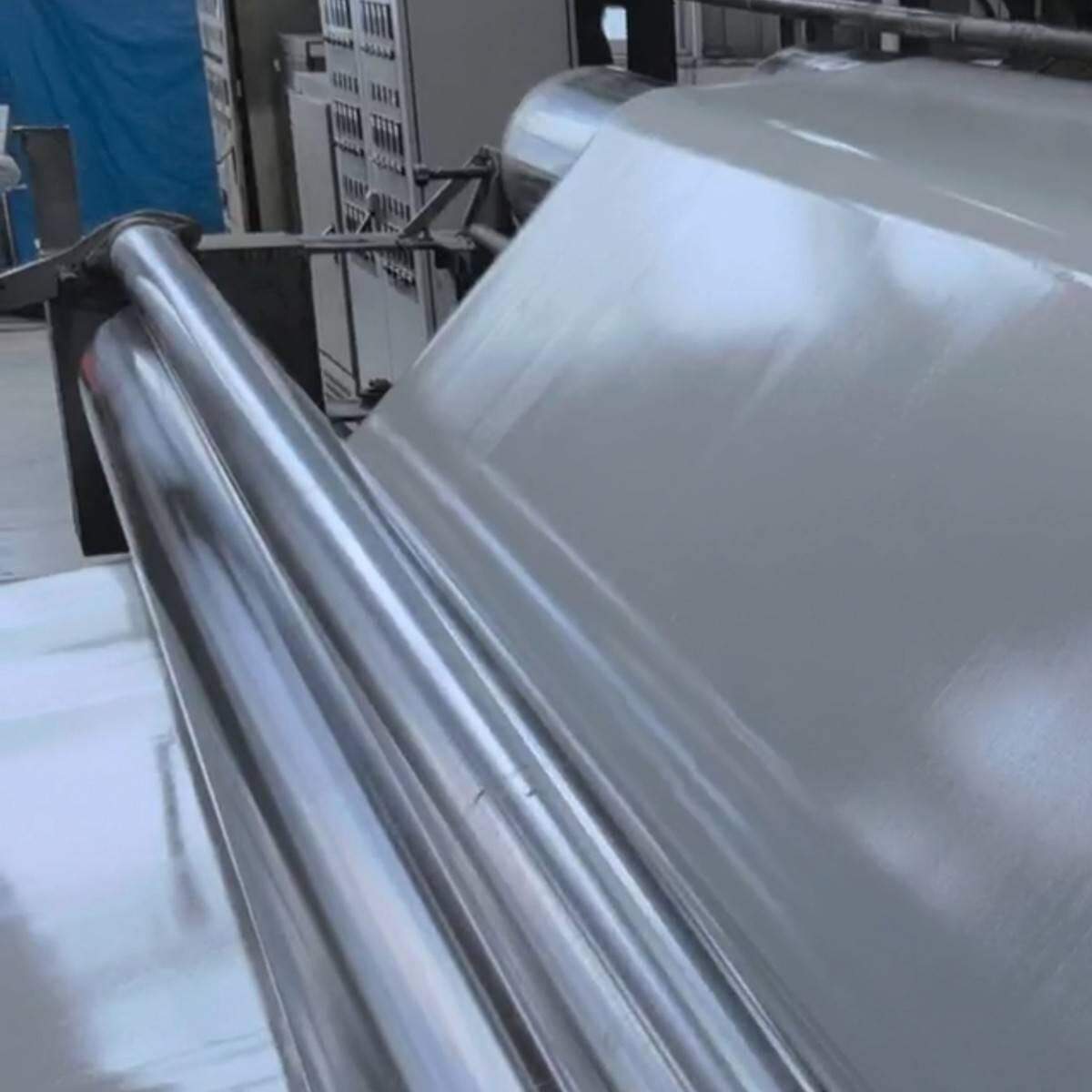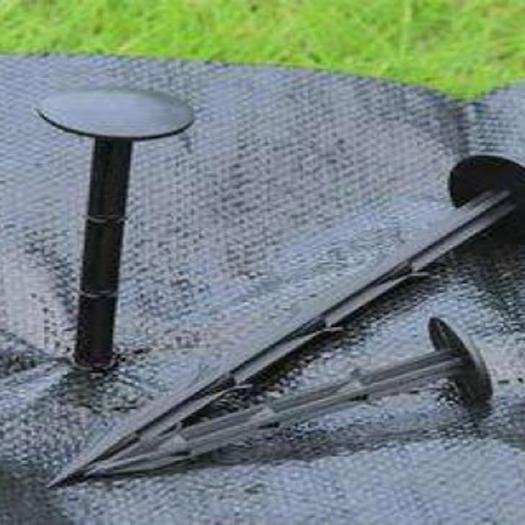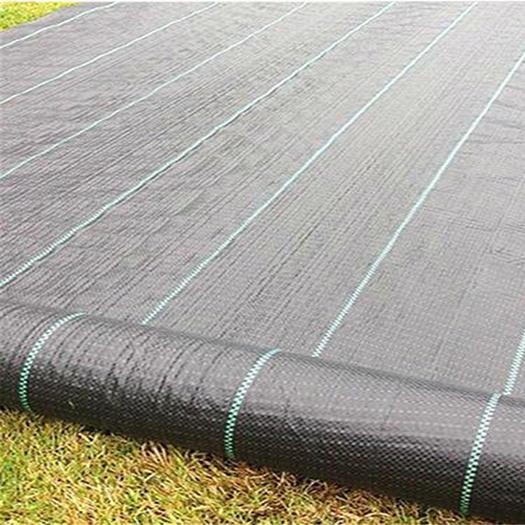1. Product Overview
Composite drainage net, also known as drainage geocomposite, is a three-layer geosynthetic material composed of a high-density polyethylene (HDPE) core geonet sandwiched between two layers of geotextile. This design ensures efficient drainage, soil filtration, and protection. It is widely used in landfill systems, retaining walls, slopes, and underground drainage projects to improve water flow and prevent soil clogging.
2. Product Features
- Efficient Drainage System: Provides rapid water flow while preventing soil clogging.
- Multi-Functional Design: Combines drainage, filtration, and soil protection in one product.
- Durable and Long-Lasting: Made from HDPE with high resistance to chemicals, UV rays, and compression.
- Eco-Friendly: Non-toxic and recyclable, reducing environmental impact.
- Lightweight and Flexible: Easy to handle and install, even in complex terrains.
3. Product Specifications
- Material: HDPE geonet core with nonwoven geotextile layers
- Core Thickness: 5mm to 10mm
- Geotextile Weight: 100gsm to 600gsm (customizable)
- Width: 1m to 6m
- Roll Length: 30m to 50m (customizable based on project needs)
- Color Options: Black geonet with white or green geotextile
- Compliance: Meets ISO, ASTM, and relevant international standards
4. Application Areas
- Landfill Systems: Used as drainage layers to manage leachate and gas in landfill liners and caps.
- Retaining Walls: Enhances drainage and reduces hydrostatic pressure behind retaining walls.
- Slope Protection: Controls water flow and prevents soil erosion on slopes and embankments.
- Road and Railway Foundations: Improves subgrade drainage and reduces water accumulation.
- Underground Structures: Ensures effective drainage in basements, tunnels, and foundations.
5. Installation Guidelines
- Surface Preparation: Level and clean the base surface to ensure smooth installation.
- Placement: Roll out the composite drainage net with the geotextile side facing the soil.
- Overlap: Overlap adjacent sheets by 5cm to 10cm for seamless coverage.
- Securing: Anchor the drainage net using stakes, nails, or adhesive as required.
- Inspection: Check for proper alignment and coverage before proceeding with backfilling.
- Backfilling: Cover with soil or other materials as specified in the project design.
FAQ
- What can you buy from HONGYUE?
Geogrid, Geomembrane, Geocell, Geotextile and other geosynthetic materials.
- What you can expect from HONGYUE?
Competent and knowledgeable technical engineers .
Customized service according to engineering requirements .
Complete solutions for product design, delivery and installation in construction projects .
Offer various complementary product portfolio and contract project.
- How can HONGYUE guarantee quality?Always a pre-production sample before mass production;
Always final Inspection before shipment - What is your sample policy?
We can provide the sample free, you just pay for the transportation freight then you can get 3-5 days.
- What is the services can HONGYUE provide?Accepted Delivery Terms: FOB,CFR,CIF,EXW,DDP,Express Delivery,and so on ;
Accepted Payment Currency:USD,CNY;Euro;and so on ;
Accepted Payment Type: T/T,L/C,MoneyGram,Credit Card,PayPal,Western Union,Cash - Are you manufacturer or trading company ?
We are a professional manufacturer
- How about your delivery time?The specific delivery time depends on the items and the quantity of your order.
Inquiry about this product
Related Recommendations
If there is no accurate search result, please contact us and we will respond within 24 hours.



